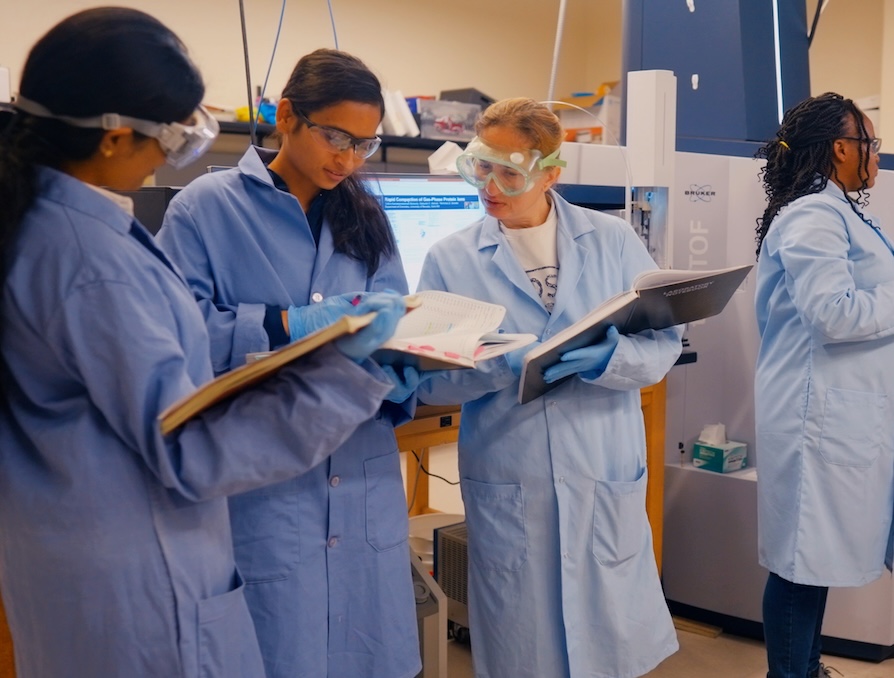A process to reprocess nuclear waste, currently undergoing research at the University of Nevada, Reno, could benefit next-generation nuclear reactors such as the one that broke ground last month in Kemmerer, Wyoming.
Chemical & Materials Engineering Professor Dev Chidambaram is collaborating with Idaho National Laboratory and Pennsylvania State University to make materials to be used in a specific part of a process that would remove the uranium from our existing stockpile of used fuel from nuclear power plants and make them usable for next-generation nuclear reactors. The United States currently has a stockpile of 90,000 metric tons of used fuel and generates about 2,000 additional metric tons per year, according to the U.S. Department of Energy (DOE).
The University specializes in this niche area of reprocessing nuclear waste, Chidambaram said, because of its unique ability to test the process and study the materials “all under one roof” — the roof of his Materials and Electrochemical Research (MER) lab.
Chidambaram and his collaborators are about eight months into the $3.6 million project funded by the DOE through its Advanced Research Projects Agency-Energy (ARPA-E) program, designed to advance energy technologies. The University is the academic lead on the project, with a share of $1.3 million.
Nuclear power, according to the DOE’s website, “is an important part of our nation’s energy portfolio, as we strive to reduce carbon emissions and address the threat of global climate change.”
Next generation nuclear reactors
All commercial reactors in the United States use water to remove heat from the reactor core and produce steam to generate electricity, according to the DOE. Some of the next-generation reactors — such as the TerraPower plant in Wyoming currently under construction — use molten salt and operate differently than water-cooled reactors. Among the differences, according to Chidambaram’s research assistant Thomas Selmi, molten salt reactors operate at atmospheric pressure while water-based reactors operate at high pressures.
Molten salt reactors also could use reprocessed uranium (that is uranium extracted from used nuclear fuel), and this is where Chidambaram’s work comes in.
Uranium dioxide is a widely used nuclear fuel, but after fission — the process that occurs in a reactor to produce energy — about 95% of the original uranium dioxide remains in the spent nuclear fuel (or nuclear waste), Chidambaram said.
He is working to design, fabricate and test new anode materials, which can be used in electrochemical processes to separate and recover actinide elements — components of nuclear fuel — which then can be reused.
Currently, platinum and graphite are used to recover actinides, Chidambaram said, but those materials are expensive and/or degrade rapidly. In the case of graphite, he added, the degradation leads to greenhouse gases.
This ARPA-e project is studying three different, less expensive and possibly more effective materials to recover actinides:
- monolithic ruthenium metal;
- alloys of ruthenium and iridium (with transition metals, or metals characterized by their ability to form variable oxygen states); and
- coating ruthenium and iridium on low-cost electrode materials.
















